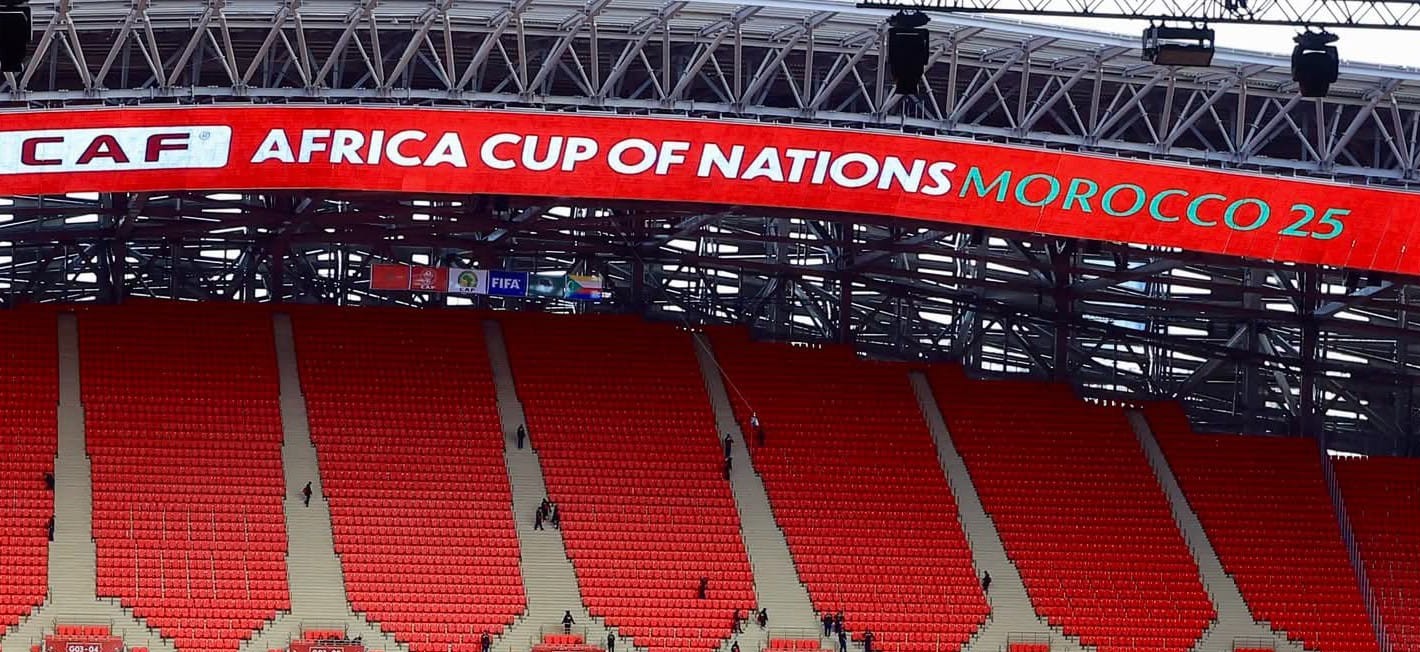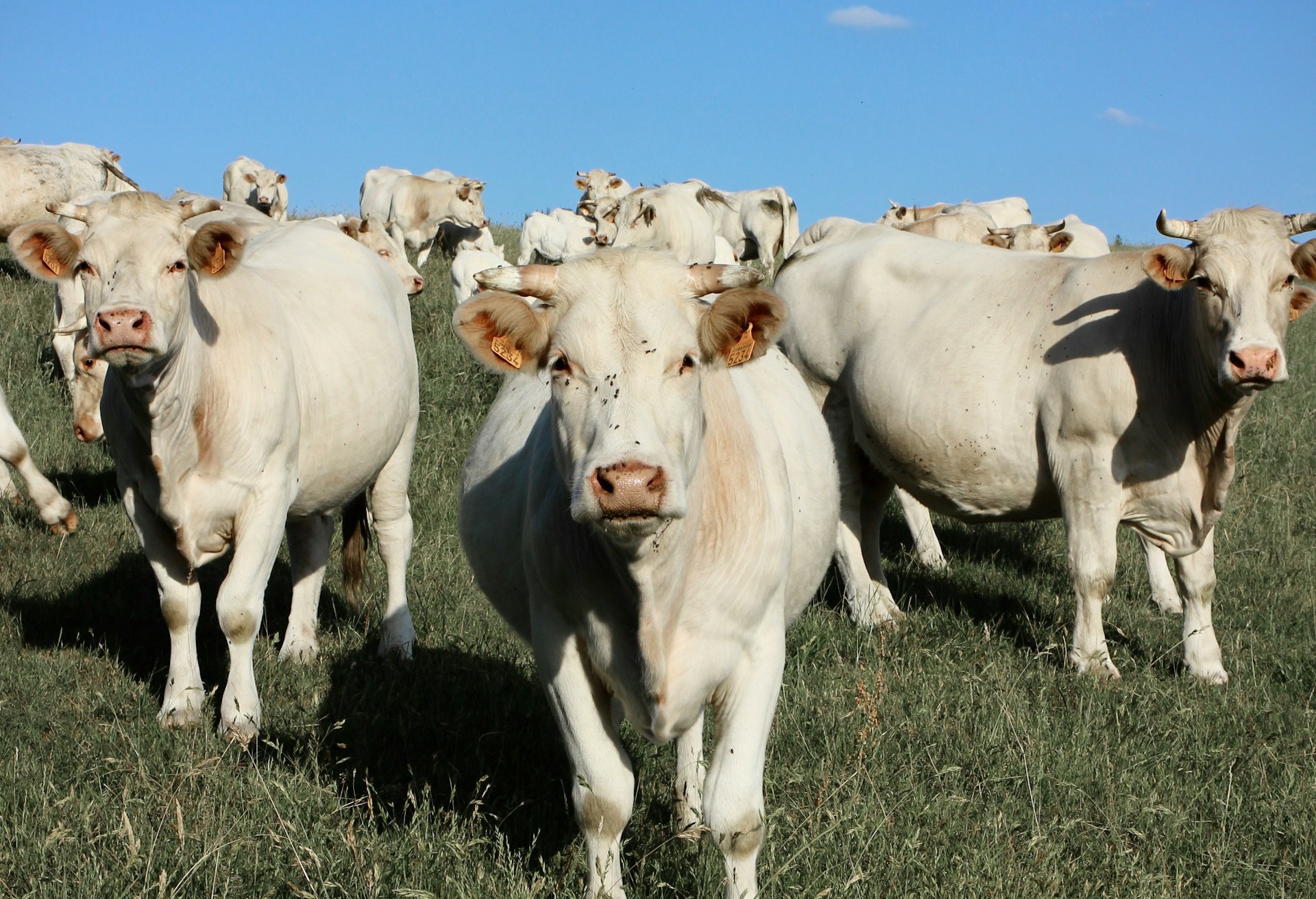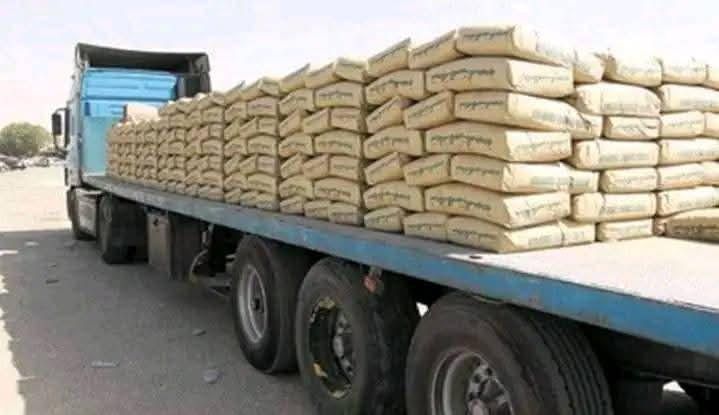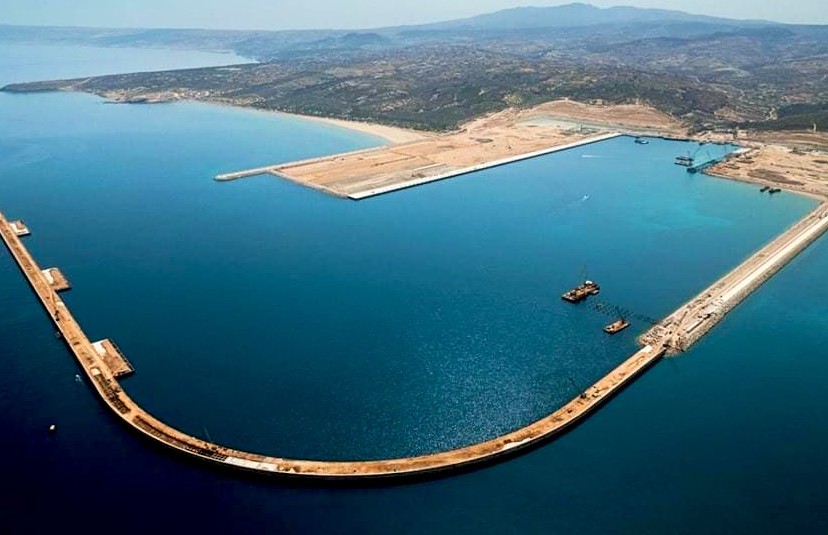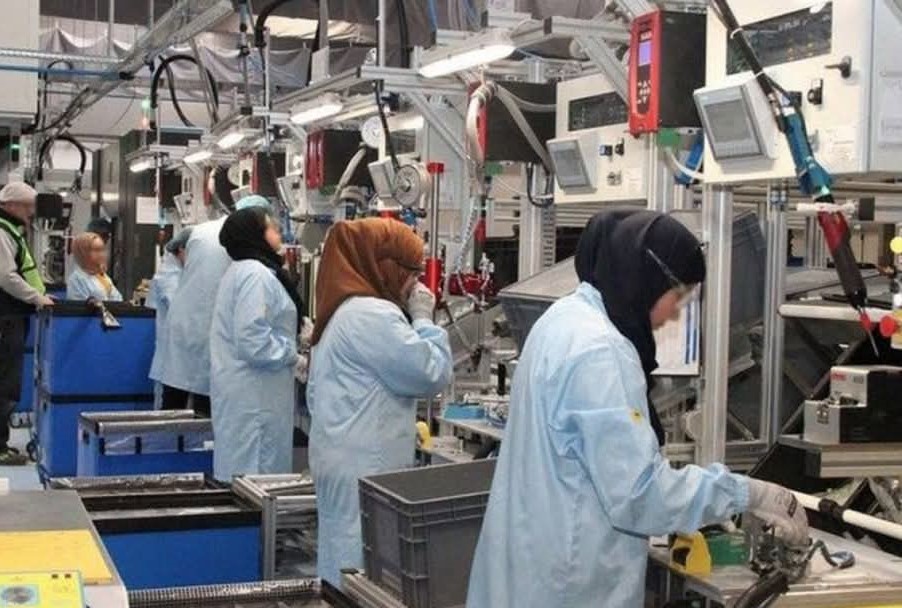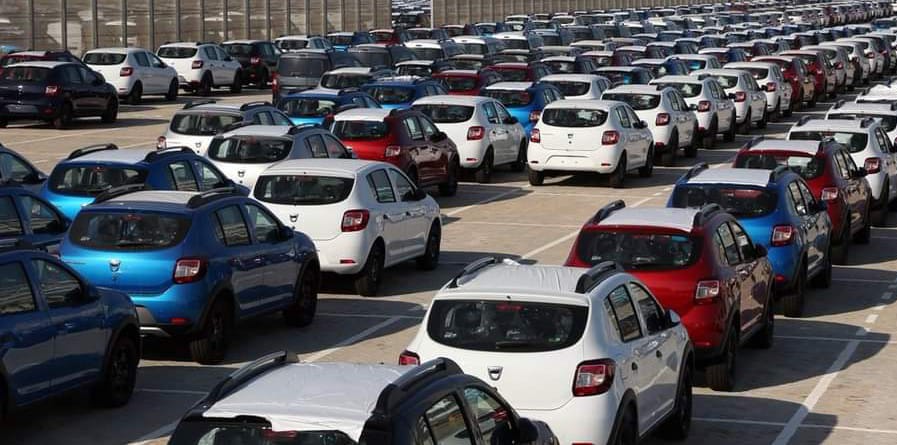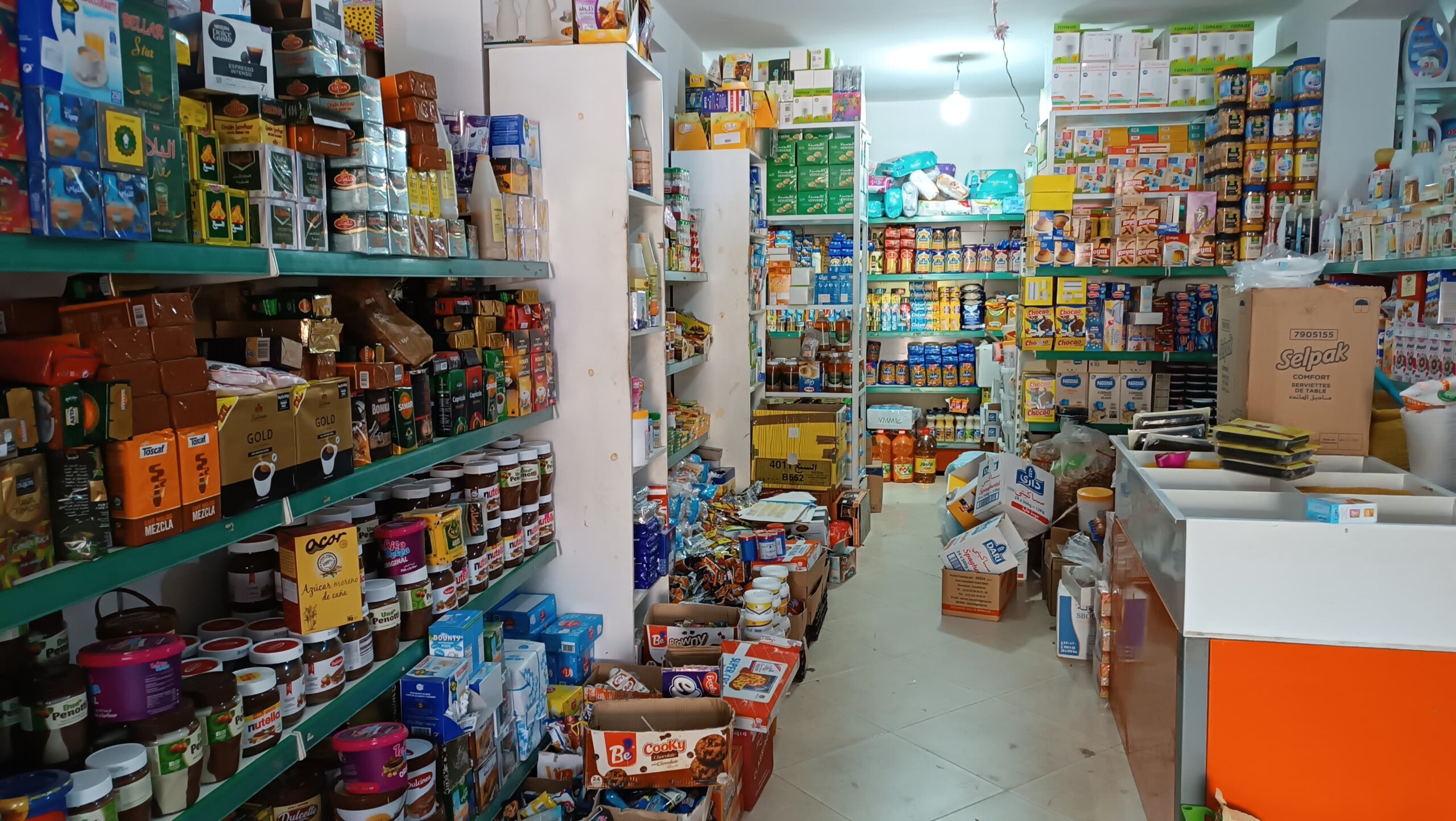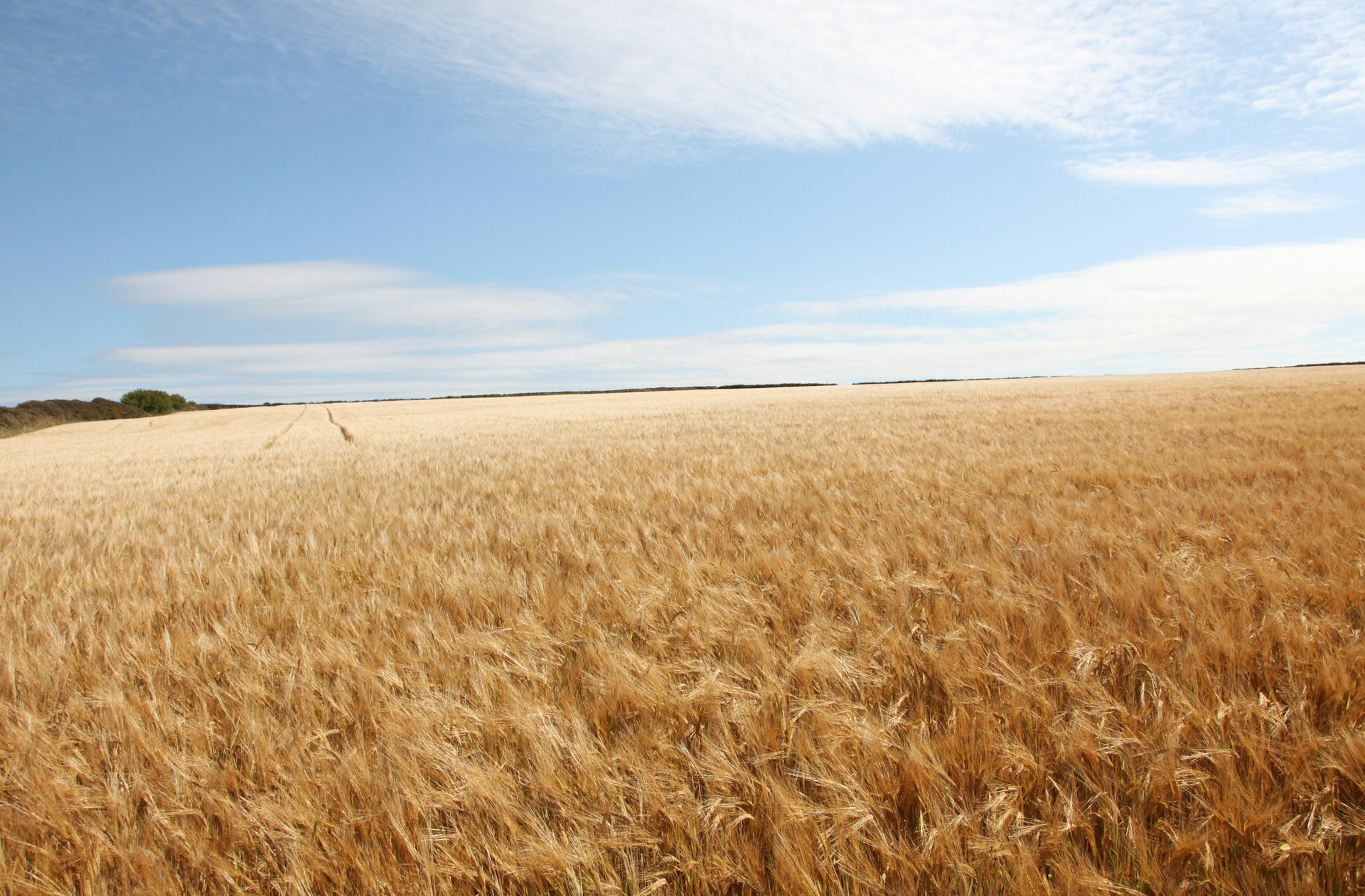Casablanca – In a recent report, the World Bank underscored the economic significance of Morocco’s coastal areas, which are essential drivers of the nation’s blue economy. These regions, comprising 81% of Morocco’s industries, contribute nearly 59% of the country’s gross domestic product (GDP) and provide 52% of national employment. This makes them crucial not only for industrial activity but also for sectors like coastal tourism, fish farming, aquaculture, and renewable energy.
Morocco’s commitment to blue economy growth
The World Bank praised Morocco’s dedication to unlocking the potential of its blue economy through its New Development Model. This initiative emphasizes the sustainable use of the country’s rich marine and coastal resources, extending across both the Atlantic and Mediterranean coasts. Tourism, a critical part of this blue economy, generates about 7% of Morocco’s GDP annually, bringing in an impressive $9.9 billion in revenue in 2019 alone. The sector also provides around 565,000 jobs, with 300,000 linked to coastal tourism activities.
Rising coastal tourism and government’s ambitious roadmap
The report highlighted the ongoing growth of Morocco’s coastal tourism, which now accounts for more than 30% of total tourist activity in the country. Cities like Agadir, Tetouan, and Casablanca are at the forefront of this development, attracting a large number of visitors and experiencing increased demand for hotel capacity and tourist services.
In line with this, the Moroccan government has launched a comprehensive 2023-2026 roadmap aimed at further boosting the sector. This ambitious plan seeks to attract 17.5 million tourists annually by 2026, generate 120 billion dirhams in foreign exchange revenue, and create 80,000 direct and 120,000 indirect jobs. By focusing on coastal tourism, Morocco is positioning itself as a leading destination for both leisure and economic investment.
Climate change: A threat to the blue economy
However, the World Bank also cautioned that climate change poses a significant threat to Morocco’s blue economy. As global temperatures rise, Morocco has been identified as a climate hotspot, with average temperatures increasing by 0.2°C per decade since the 1960s, double the global average. This warming trend, coupled with rising sea levels and shifting rainfall patterns, puts 42% of Morocco’s coastline at risk of erosion and flooding.
The report revealed that coastal erosion rates have reached 0.14 centimeters annually on Mediterranean shores and 0.12 centimeters on Atlantic coasts. If unaddressed, these changes could lead to severe damage to infrastructure, particularly in coastal hubs like Tangier, which is projected to lose part of its infrastructure by 2100.
Mitigating the impacts: Investments and sustainability
The World Bank’s report emphasized that Morocco requires significant investments—estimated at $78 billion—to enhance the country’s resilience against climate change and transition to a low-carbon economy by mid-century. The protection and adaptation of coastal tourist areas have been identified as top priorities, given the sector’s crucial role in the national economy.
The report also urged Morocco to rethink its tourism model, moving away from traditional mass beach tourism towards more sustainable and resilient forms of travel. By integrating activities like yachting, marine sports, and the promotion of cultural heritage sites, the country could develop a tourism industry that is better equipped to withstand the impacts of climate change.
A future of sustainable tourism
In light of these challenges, Morocco is taking proactive steps to safeguard its blue economy. The government’s focus on developing climate-resilient tourism is a crucial part of this strategy, ensuring that the country’s natural and economic assets are preserved for future generations. With significant investments and a commitment to sustainability, Morocco has the opportunity to become a global leader in both tourism and climate adaptation.
As the world continues to grapple with the effects of climate change, Morocco’s efforts to balance economic growth with environmental responsibility will serve as a model for nations around the globe. The World Bank’s report is a reminder of the urgent need for investment in resilience and sustainability to protect both the environment and the livelihoods that depend on it.


